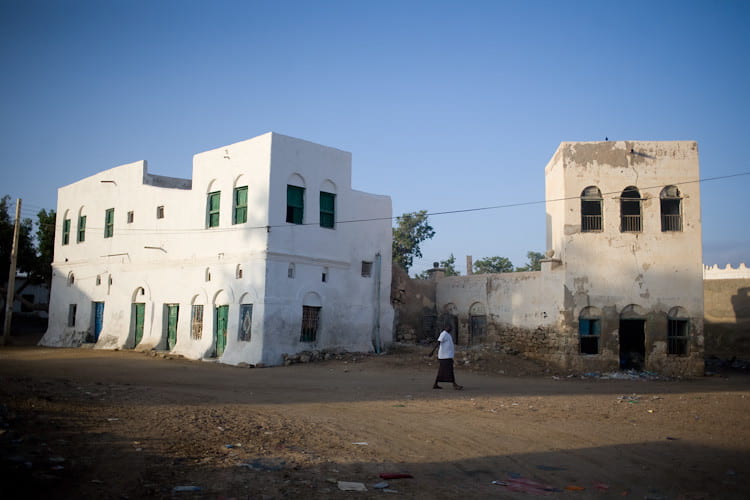In the mid-2000s, a militant insurgent and terrorist group, Al-Shabaab, developed in Somalia. Al-Shabaab has become “the largest and most connectedly violent arm of al-Qaeda.” Al-Shabaab, which translates from Arabic to “the Youth,” has recruited thousands of vulnerable children to join its forces. Al-Shabaab uses force or dangerous tactics, such as abduction, kidnapping, and aggressive recruitment of children by force in violation of international law.
The child soldiers, forcibly recruited by Al-Shabaab, often do not receive adequate food, water, or medical care even though Al-Shabaab requires them to complete “grueling physical training,” which sometimes includes watching Al-Shabaab punish and kill other children. Many children are forcedinto combat as suicide bombers, front line fighters, or even as human shields. Uniquely vulnerable, girls are systematically abducted, forced into marriages with combattants, and experience sexual violence, including rape.
It is difficult for children to escape Al-Shabaab’s forces because Al-Shabaab punishes children who try. Even if children successfully escape, they rarely ever feel safe because they fear that Al-Shabaab members will kill them for leaving. Additionally, the violence that Al-Shabaab forces these children to experience is traumatic and leads to serious long-term emotional and psychological consequences.
The Somali government considers working with Al-Shabaab “Armed Insurrection against the Powers of the State,” a political offense. As a result, Somali security forces arrest, charge, and detain child soldiers for long periods before trial. Often, child soldiers have been tried as adults in military courts. Because Somali law considers Armed Insurrection a severe offense, courts sentence these former Al-Shabaab child soldiers to lengthy sentences or even death.
In addition to being tried and sentenced by adult courts, children also serve their sentences in the same facilities as adults. Since 2015, Somalia has sentenced hundreds of boys to these facilities, where they are sometimes held in the same cells as adults. In these facilities, children are raped or physically assaulted. These facilities are overcrowded and have inadequate food and water supply. Due to the unsanitary and harsh conditions, disease is widespread, and there are minimal medical resources for incarcerated individuals.
The Somali government’s treatment of youth is not only inhumane, but also in violation of international law. The United Nations Convention on the Rights of the Child (CRC) specifies that states should only detain children as a last resort and that, in the rare case where imprisonment is justified, children must be detained separate from adults. However, due to a lack of resources, the Somali government has struggled to build juvenile facilities or any services to support youth as an alternative to incarceration.
Because incarceration would only add to the trauma that these children have already experienced, incarceration is not appropriate. Additionally, the CRC’s Optional Protocol on the Involvement of Children in Armed Conflict requires the Somali government to provide child soldiers “all appropriate assistance for the physical and psychological recovery.” Thus, instead of incarcerating children, the Somali government should work to provide them resources to recover from their psychological trauma. Because Somalia ratified the CRC in 2015 and the Optional Protocol in 2002, Somalia only recently became subject to these international protections for youth and has not complied with these international laws. Although Somalia and UNICEF have an agreement that requires the Somali government to send children who were involved in conflict to UNICEF rehabilitation centers, the Somali government does not always follow through with this agreement. It seems like the Somali government does not trust that UNICEF would adequately prevent children from returning to Al-Shabaab, and so it is possible that in-state juvenile rehabilitation facilities could be a better solution for the Somali government’s compliance with children’s international rights.
Like Al-Shabaab in Somalia, the Taliban recruits children and forces them to serve in dangerous roles in Afghanistan. It is a national security crime to fight for the Taliban, and, since 2015, Afghan security forces have detained hundreds of children for suspected ties to this military group. However, unlike Somalia, children in Afghanistan are tried in juvenile courts or confidential adult courts, and the Afghan Juvenile Code limits the sentence that these courts can give. Additionally, most of these children are sentenced to juvenile rehabilitation centers, funded by other countries, such as the United States and Italy. The United Nations Secretary-General on Children and Armed Conflict has “commend[ed] the measures taken by the [Afghan] Government to better protect children affected by armed conflict.”
Perhaps, Somalia could look to other countries to help fund juvenile rehabilitation facilities as Afghanistan does. Much of Western world, including Britain, Canada, and the United States consider Al-Shabaab a “serious national security threat,” and so it is possible that they would help fund juvenile rehabilitation centers in Somalia. Although establishing juvenile rehabilitation centers would not solve all of the human rights violations that children face, at least, it could remove children from adult facilities and place them in centers that could provide rehabilitation services to support them and help treat some of the trauma that they faced and continue to face.
Author Biography: Alexis Mayer is a J.D. candidate at The George Washington University Law School, and she has a B.S. in Mathematics from Virginia Tech. Her interests include indigent defense, youth and emerging adult justice, and prison abolition. She is the Executive Contributor Coordinator at the GW Criminal Law Brief.

